
The ELMA research project, jointly presented by the University of Trieste and GSI/FAIR in Darmstadt, has been awarded €150,000 to conduct a study of the energy response of monolithic silicon pixel sensors (MAPS), thanks to funding provided by the Italian Ministry of Foreign Affairs and International Cooperation (MAECI) within the Cultural Cooperation framework between Italy and Germany. The framework aims at facilitating the access of Italian scientists to world-class large research…
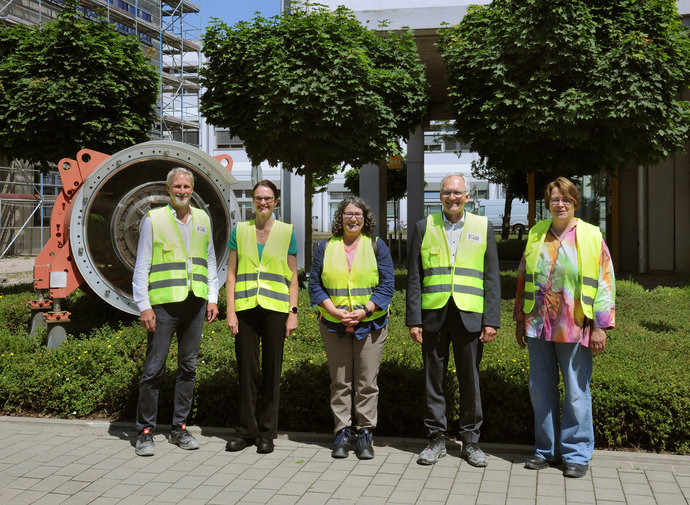
Deniz Würsch, the new district administrator of Darmstadt’s district of Wixhausen, used a visit to GSI/FAIR to inform herself about the ongoing scientific research and the progress of the FAIR accelerator and to discuss the possibilities of cooperation between district administration and GSI/FAIR regarding relevant topics with the management. Deniz Würsch was welcomed by the management of GSI and FAIR: Research Director Dr. Yvonne Leifels, Jörg Blaurock, Technical Managing Director, and Dr.…
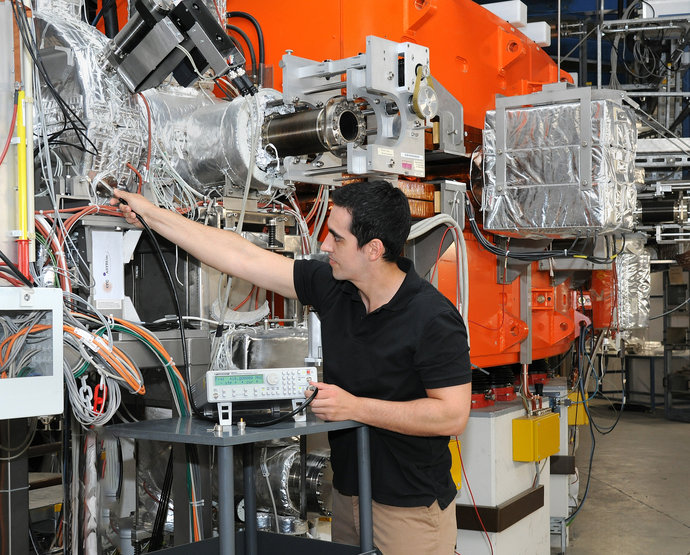
For the first time, an international research team, led by GSI/FAIR in Darmstadt, the Institut de recherche sur les lois fondamentales de l'Univers (IRFU) in Saclay, France, and the Max Planck Institute for Nuclear Physics in Heidelberg (MPIK) has succeeded in observing a two-photon decay on a so-called bare atomic nucleus from which the entire electron shell has been removed. The measurements on germanium-72 nuclei were carried out as part of the FAIR Phase 0 experimental program at the…
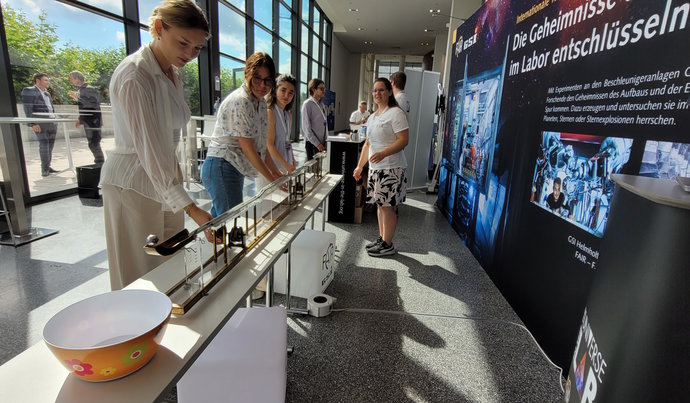
The GSI Helmholtzzentrum für Schwerionenforschung and the future accelerator center FAIR, currently under construction at GSI in Darmstadt, took part in the international innovation conference "Curious - Future Inside Conference" with a wide range of information and future perspectives. The interdisciplinary event took place from July 10 to 11 in the Rheingoldhalle in Mainz and attracted numerous renowned educational institutions, research facilities and technology companies from Germany and…

The demands on the main power supplies of the future FAIR ring accelerator SIS100 are extremely high. During the acceleration cycle, the rotation of the main magnet must be guided with the greatest precision. Four high-performance power supplies are required to operate the SIS100's bending and focusing magnets. These primary power supplies have a total pulse power of 30 Mega-Watt and are directly connected to the medium voltage network (20,000 Volt). The dipole magnets are supplied with currents…
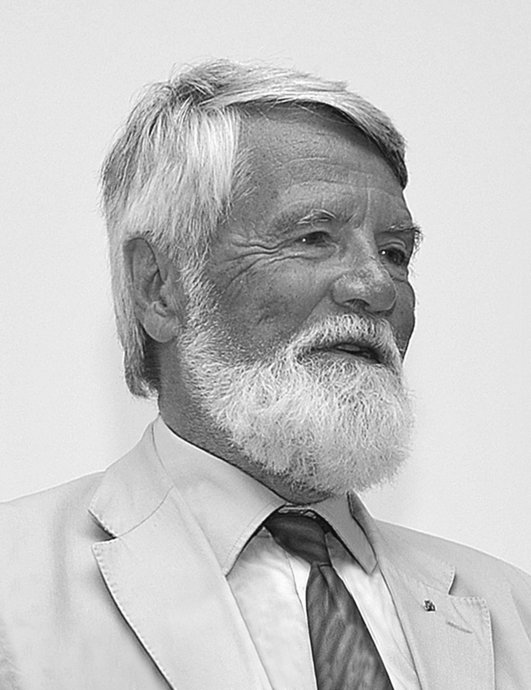
The employees of GSI and FAIR mourn the loss of their former division head Prof. Dr. Dr. h.c. mult. Peter Armbruster (* 25.7.1931, † 26.6.2024), who passed away at the age of 92. Peter Armbruster created and achieved groundbreaking research in his long and fulfilling life. This applies in particular to his achievements for and at GSI, where he was a leading scientist and a longstanding member of the Scientific Directorate from 1971 to 1996.
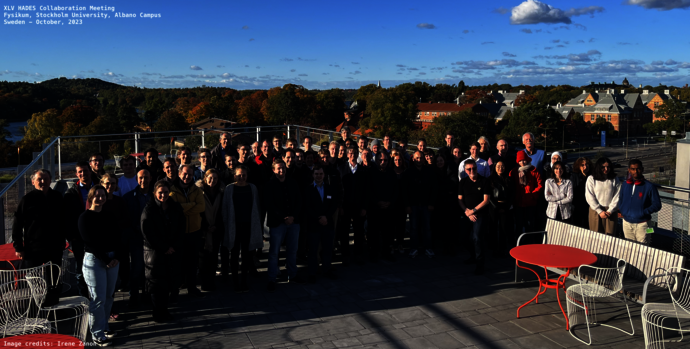
Professor Joachim Stroth (GSI and Institut für Kernphysik, Goethe-Universität) and Dr. Pavel Tlusty (Nuclear Physics Institute, The Czech Academy of Sciences) have been elected as the HADES Spokesperson and Deputy Spokesperson for the next term of three years. HADES is an international collaboration involving almost 150 scientists from Germany, Czech Republic, Poland, France, Sweden, Portugal, and Cyprus.

Since 2018, the progress of the FAIR construction site has been documented by drone videos. A new compilation shows the development from 2018 to 2024 - starting with excavation and civil engineering up to the start of the technical building equipment. Thanks to the award-winning filming technique, a Longterm Dronelapse is created in which the individually filmed time-lapse videos are precisely superimposed and combined into a single video.
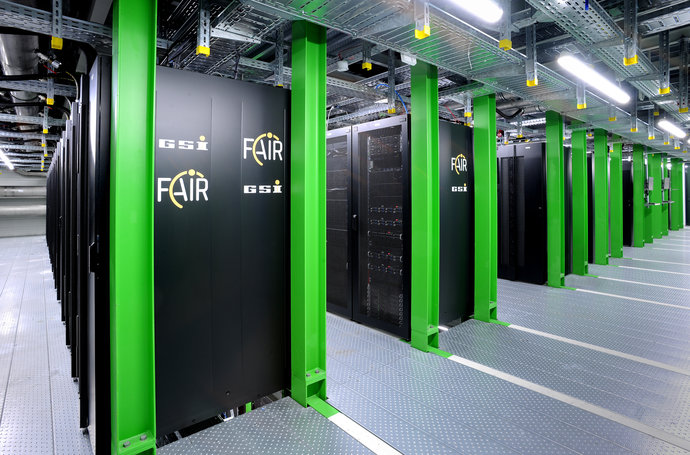
Following successful recertification, GSI/FAIR's high-performance data center Green IT Cube continues to bear the Blue Angel, the German government's eco-label. Thanks to a special cooling system, the data center is particularly energy-efficient and conserves resources. The conditions for the Blue Angel are reviewed and revised at regular intervals. In order to retain the seal, the Green IT Cube has been adapted to the new criteria.












